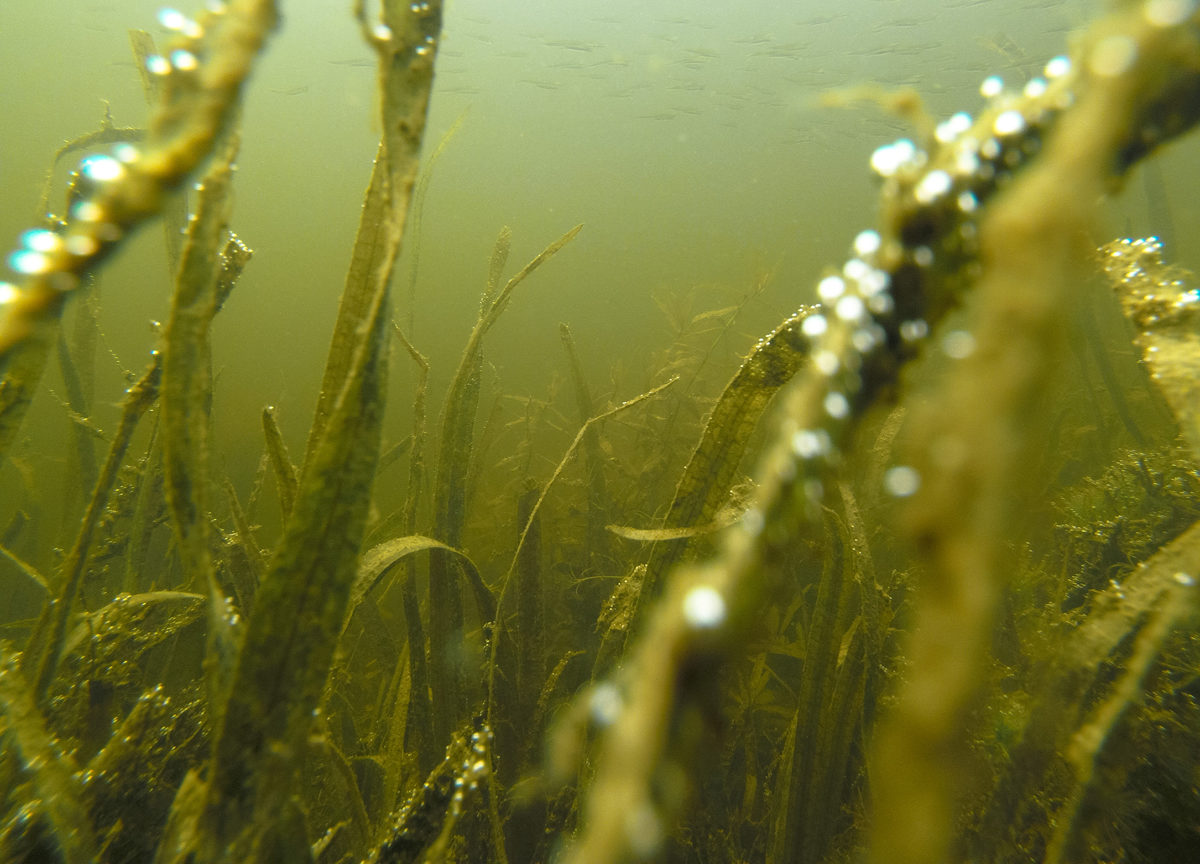
There are references known and unknown, obvious and not so obvious. Yesterday, was revelatory in that having known about Ellsworth Kelly’s drawings of plants (from his garden), but I had failed to look at any of them once I had started the botanical cutouts, which really didn’t start as drawings, but photographs. Not that the results are similar, but the process of simplification that I aim for is similar to his drawings. Really looking at the shapes, edges, light and dark only became more apparent as I moved from one process to another. There is also the fact that I barely recall Kelly’s work being shown in Miami. Is that not a shame?
Art Review: Ellsworth Kelly’s Plant Drawings at the Met:
“‘Ellsworth Kelly Plant Drawings,’ at the Metropolitan Museum shows how figurative works have shaped the art of an abstract painter and sculptor.
Artists, or really anyone who has drawn from observation, will know immediately what he means. Others will get it after a while, especially if they are acquainted with Mr. Kelly’s early painting and sculpture…
The plant studies are, for the most part, contour drawings of leaves, stems and flowers done in clean strokes of pencil or pen and centered on the page. Mr. Kelly does not use shading, relying on line alone to convey volume — as Calder and Matisse, to name two artists he has studied closely, were fond of doing.
His drawings are reductive — whole stems are sometimes omitted — but they are also uncannily descriptive. In the absence of shadows, overlaps become especially significant as indicators of depth. (Mr. Kelly’s recent, layered relief paintings take this idea a step further.)
Plants, then, are a gateway to abstraction — much like the windows, staircases and other neutral bits of architecture from which Mr. Kelly derived some of his early paintings. But they’re hardly arbitrary subject matter. Mr. Kelly has had a green thumb since childhood, even managing to grow corn on the roof of his 1950s studio at Coenties Slip in Lower Manhattan. And his botanical drawings, when seen en masse, can look like a minimalist version of a horticultural encyclopedia. (The show is accompanied by a catalog that has the look and heft of an Audubon coffee-table book.)
Yet the plants, in his eyes, are not specimens. In his catalog interview with the Met curator who organized the show, Marla Prather, Mr. Kelly insists that his drawings are “portraits of flowers, not anonymous.” Each bloom corresponds to a particular time and place, and prompts a very specific, almost Proustian memory.”
(Via NYT > Art & Design.)
